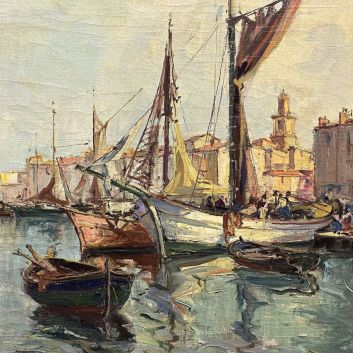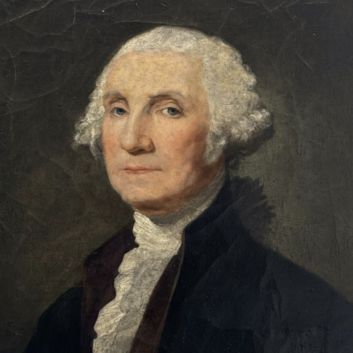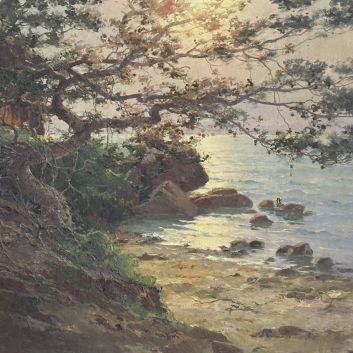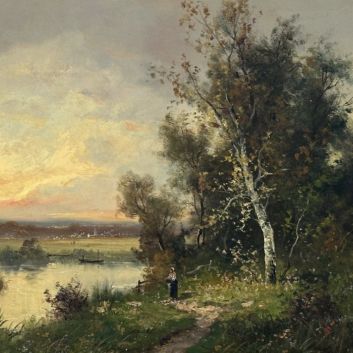Rating and value of paintings by Conrad Wise Chapman

If you own a work by or based on the work of artist Conrad Wise Chapman and would like to know its value, our state-approved experts and auctioneers can advise you.
Our specialists will carry out a free appraisal of your work, and provide you with a precise estimate of its current market value.
Then, if you want to sell your work, we'll point you in the right direction to get the best possible price for it.
Artist's rating and value
American landscape painter Conrad Wise Chapman is making a name for himself on the art market. The prices his works fetch under the auctioneer's hammer range from €110 to €264,000, a considerable difference, but one that speaks volumes about the value that can be attributed to Chapman's works.
His oil on panel City of Mexico from the hacienda de los morales sold for €264,000, against an estimate of €190,000-235,000.
Order of value from simplest to most prestigious work
Technique used | Results |
|---|---|
Drawing - watercolor | From €160 to €27,400 |
Paint | From €110 to €264,000 |
Response in less than 24h
Artist's style and technique
Conrad Wise Chapman's art is based on war and landscape painting. He is best known for his depictions of the American Civil War, particularly on the Confederate side, but also for his European and South American landscapes.
His painting is realistic yet sensitive, and his style combines documentary precision with a poetic, atmospheric touch, particularly in his treatment of light and nature.
He received his classical training abroad (in France, England and Italy) and inherited a European academic tradition in the treatment of drawing and composition.
His drawing is structured and meticulous, with clearly defined elements and a good mastery of perspective and volume, particularly in military architecture. His palette is natural and balanced, using earthy tones, soft greens and grays, often enlivened by golden or twilight light.
He took great care with skies and atmospheres, always paying attention to daylight, meteorological effects, mist and sunset, in the tradition of American luminism.
The artist produces many small-format oil paintings: many of his military works are supported by wooden panels or small canvases, sometimes in the field, which gives them an impression of spontaneity and immediacy.
His compositions are generally well-balanced, with a clear structure and well-defined focal points (a fort, a column of smoke, a lone soldier) set against a calm, silent backdrop.
Chapman's war paintings are un-emphatic, and contrary to the heroic tradition, he often depicts calm, suspended, even melancholy scenes.
He brings the eye of a witness, painting what he has seen (fortifications, military landscapes), with great visual fidelity, without renouncing a contemplative dimension.
In this way, he establishes a strong link between art and memory, with his works serving to document places threatened with destruction or moments of historical transition, giving his work a heritage value.
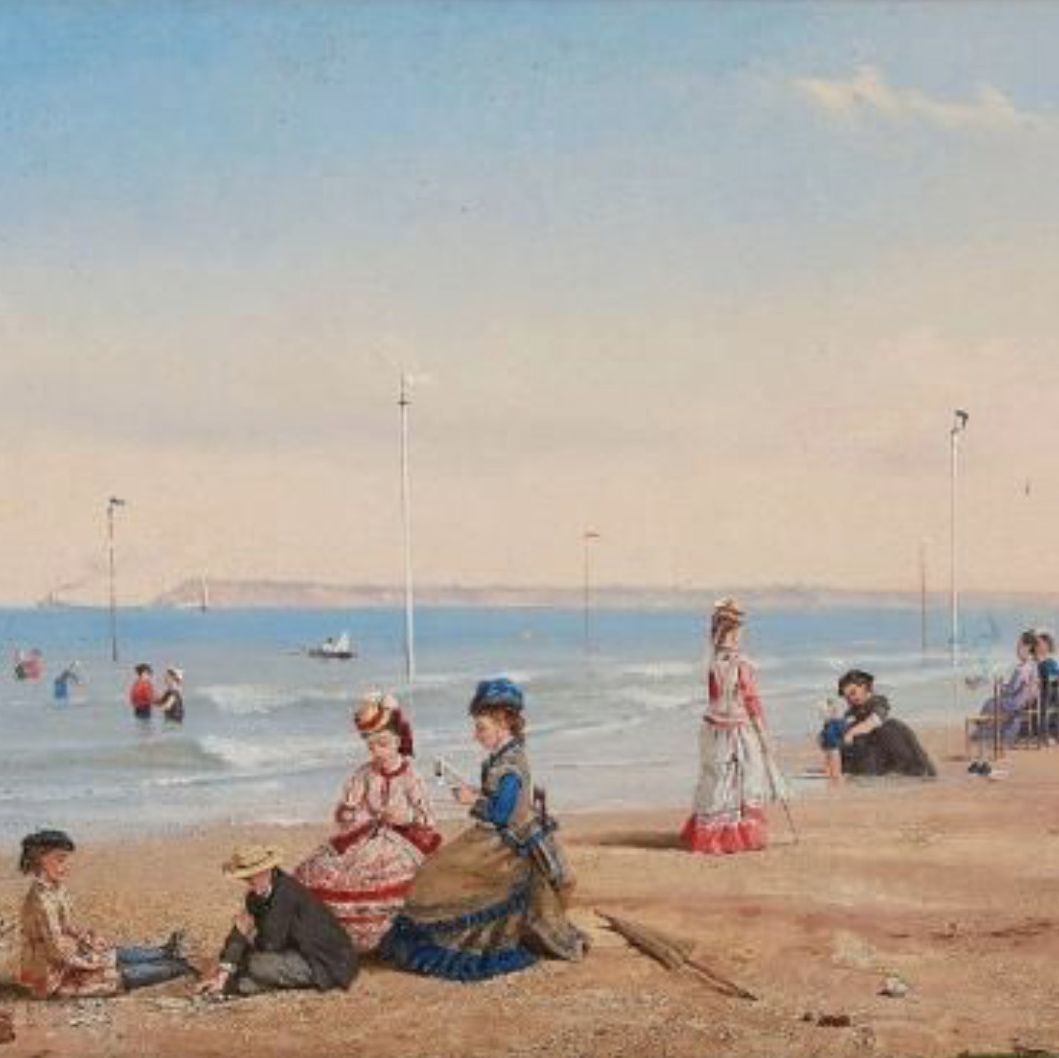
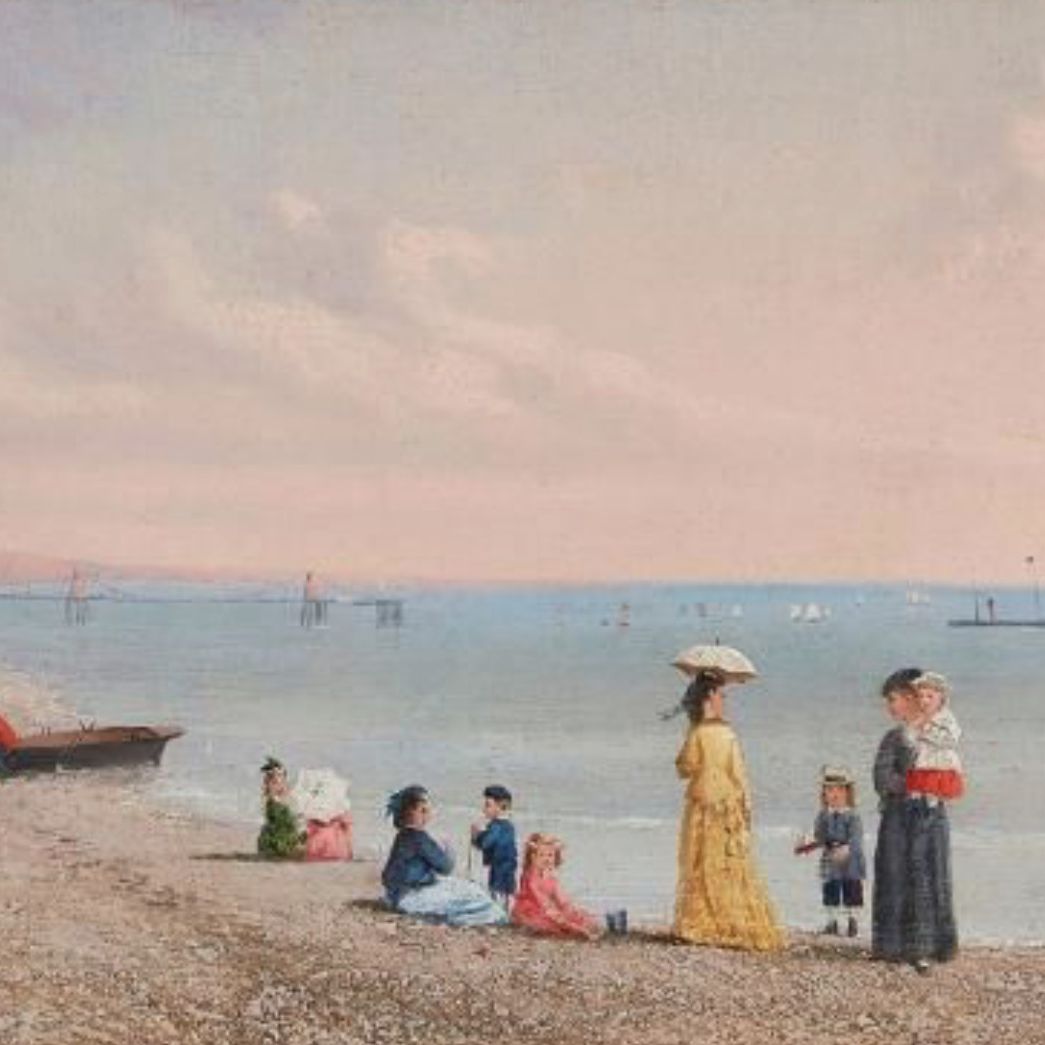
The life of Conrad Wise Chapman
Conrad Wise Chapman (1842 - 1910) was born in Washington D.C., the son of American painter John Gadsby Chapman, known for his historical and religious scenes.
He grew up in Europe, spending much of his youth in Italy, where his father worked. This country and its painting were to have a strong influence on his artistic outlook. He studied painting in Rome and Paris under Léon Bonnat, as well as in London, where he absorbed influences from the classical tradition and European schools.
Returning to the United States in 1861, he enlisted in the Confederate Army, with the Kentucky Light Infantry. He was posted to Charleston, South Carolina. In 1863, he was commissioned by General Beauregard to produce a series of paintings depicting the Confederate fortifications around the harbor.
His military work is unique: he executed some forty war views, often on wood or small canvas, which constitute one of the few painted visual testimonies of the interior of Confederate lines.
After the war, he returned to Europe and pursued his painting career, mainly in Rome, Paris and London. He also traveled to South America, staying in Cuba and Mexico, where he painted tropical landscapes, rural scenes and views of daily life.
He was exhibited at the National Academy of Design in New York, and at various salons in Europe, but remained marginal compared to the great figures of his time.
The artist died in 1910 in Hampton, Virginia. His military work was long forgotten, and is now held in various collections, including the Museum of Confederacy in Richmond, and studied as a rare testament to the Southern point of view.
His life oscillates between two continents (Europe and America), giving his work a unique blend of documentary realism.
Today, his work is prized alongside the greatest military painters, such as Édouard Detaille, Franz Defregger and Adolphe Baumgartner Stoiloff.
Focus on Fort Sumter, 1863, Conrad Wise Chapman
Conrad Wise Chapman's Fort Sumter is one of his most famous works. This is an emblematic fortification in Charleston harbor, in ruins after violent Union bombardments.
This work is painted in the field, based on sketches made in situ during his military assignment in 1863. It is a unique testimony, one of the few contemporary representations of this strategic site, seen from inside the Confederate lines.
The organization of the canvas is clear: the fort occupies the center of the composition, surrounded by debris, cannons and sandbags, in a slightly elevated perspective. The human presence is discreet, with a few Confederate soldiers appearing in the scene, but without being individualized. They are silhouettes absorbed in the environment.
The sky dominates, taking up a large part of the picture, with heavy clouds and diffused lighting, reinforcing the atmosphere of suspended tension. The format is modest, an oil painting on wood panel, typical of his wartime work, allowing him to work quickly and easily.
The work is highly accurate in its documentation, with every element (cannons, gutted walls, sandbags) depicted with precision and visual fidelity. The palette he uses is fairly muted, containing shades of gray, brown, olive green and slate blue, creating a realistic, matte harmony that reflects the gravity of the scene.
An atmosphere of solitude and desolation emerges from the scene: the fort, half-destroyed, seems both to stand and to collapse, symbolizing the fragility of the Confederacy. The silence is heavy: the absence of action, the empty horizon and the cold light create an atmosphere of calm, or resignation.
This is a war painting without heroism, without spectacular drama, without charge or blood, just a sober, human vision of a place in the process of dying out.
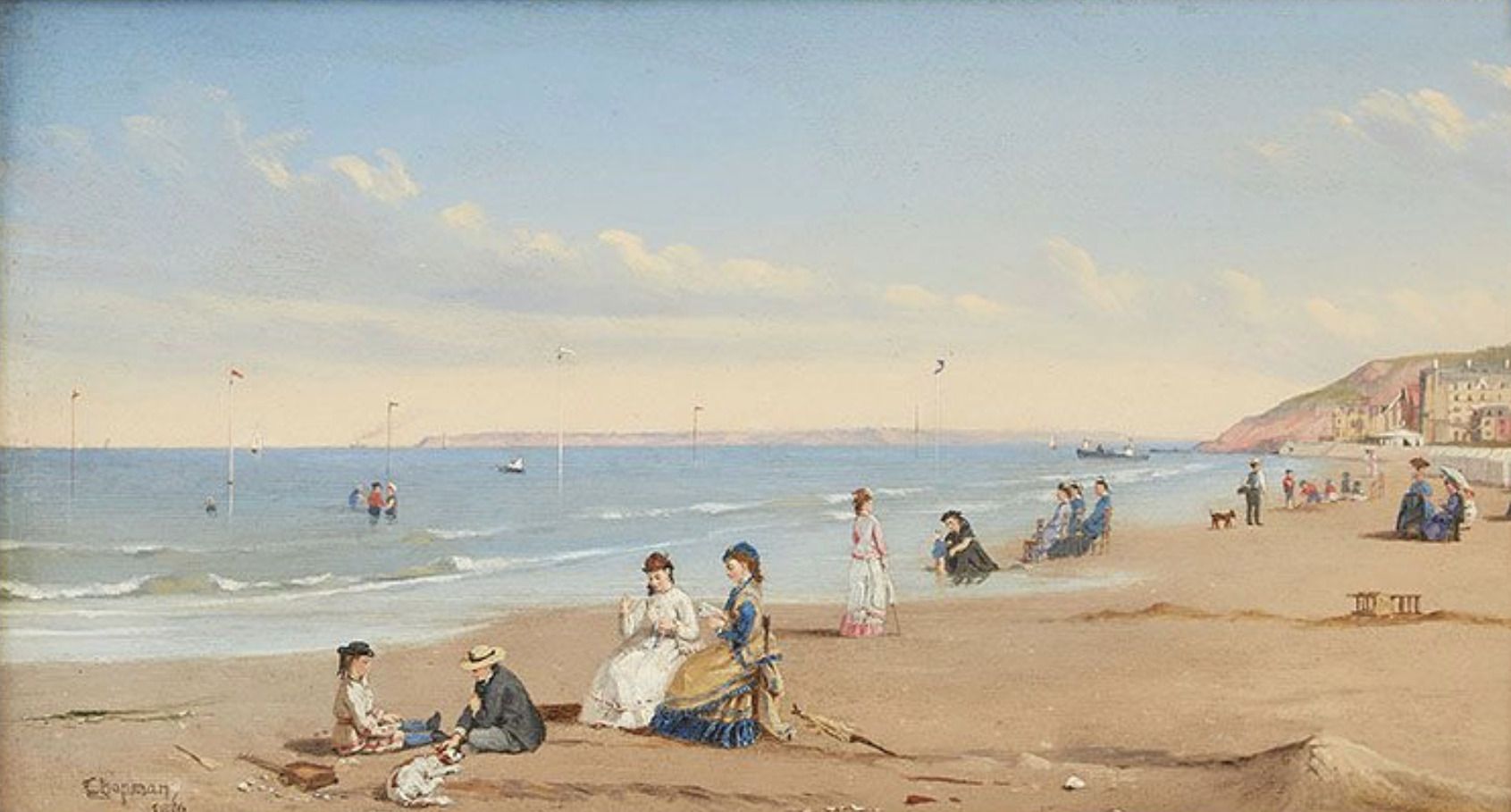
His signature
Although there are variations, here is a first example of its signature:

Appraising your property
If you happen to own a painting by or about Conrad Wise Chapman, ask for a free estimate by filling in the form on our website.
A member of our team of experts and chartered auctioneers will contact you promptly to give you an estimate of the value of your work, and will ensure that you receive all the relevant information about it.
If you're thinking of selling your work of art, our specialists can also help you find alternatives to sell it at the best possible price, taking into account the market's inclinations and specificities.
Response in less than 24h
Related topics
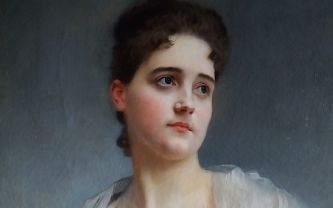
Rating and value of paintings by Gustave J...
Gustave Jacquet is a highly regarded painter of portraits and genre scenes, whose works have a certain value at auction.
Read more >

Cote et valeur 2024 des tableaux, dessins, peintures de Pasc...
Pascal Dagnan Bouveret is a 19th-century naturalist artist whose works are highly valued at auction.
Read more >
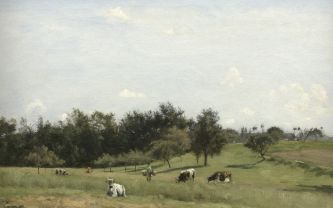
Rating and value of paintings by Stanislas...
Stanislas Lépine was a 19th-century landscape painter who produced many works that are highly valued at auction.
Read more >
Secure site, anonymity preserved
State-approved auctioneer and expert
Free, certified estimates
